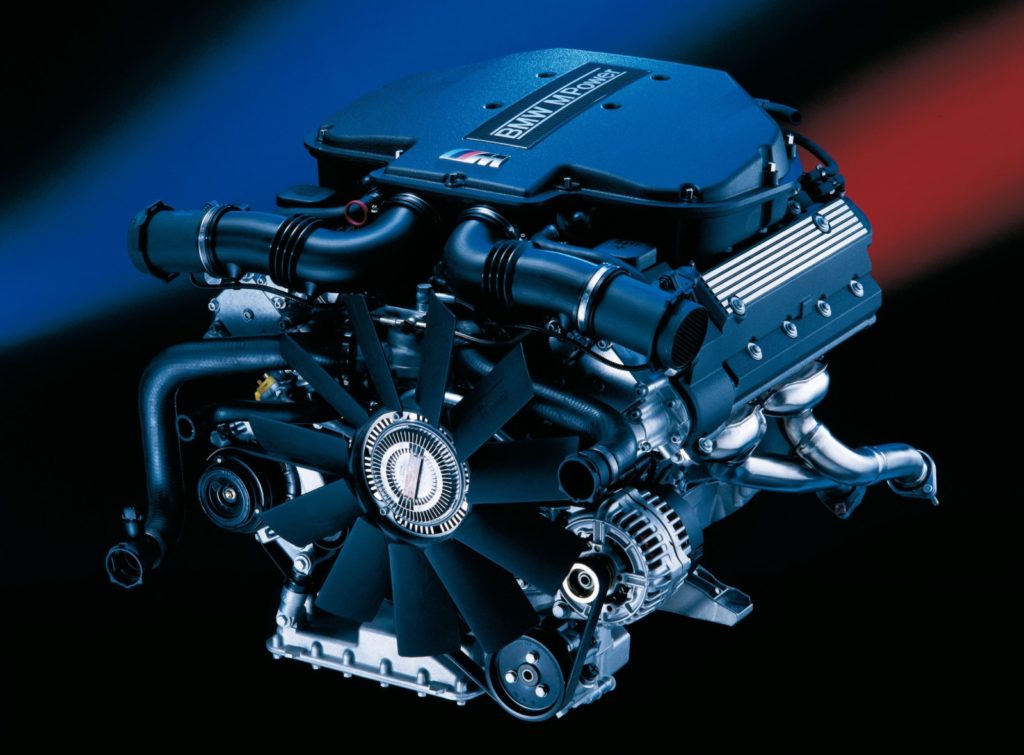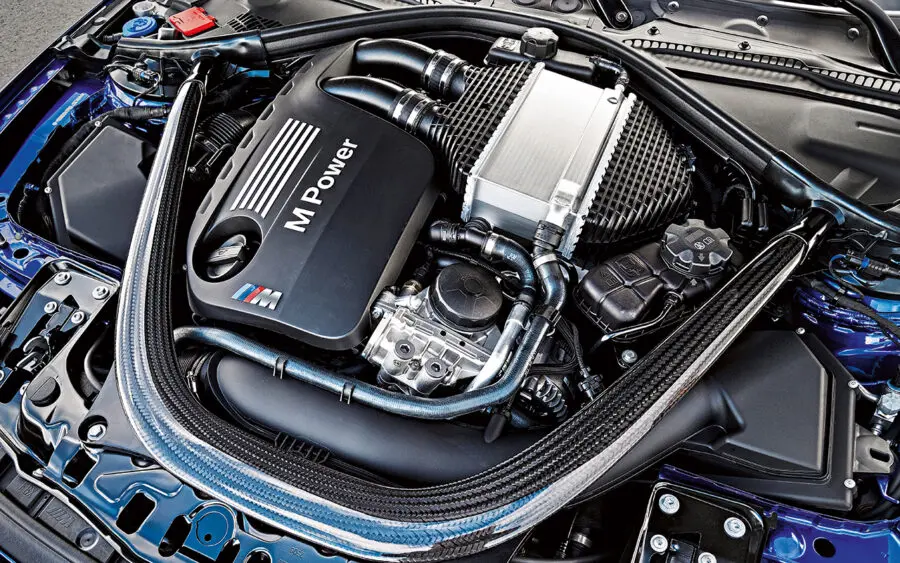Exploring the Evolution of Combustion Engines in Modern Transportation Systems
As we navigate the landscape of modern-day transport, the advancement of burning engines stands as a testimony to human ingenuity and engineering prowess. From their humble beginnings to the sophisticated giants propelling vehicles today, burning engines have actually undertaken an exceptional trip of advancement and adaptation. Understanding the complexities of this evolution not only clarifies the past but additionally leads the method for visualizing what lies in advance in the world of transportation technology. The interplay of background, innovation, and environmental concerns fit the trajectory of burning engines creates a narrative that is both engaging and informative.
Early Beginnings of Combustion Engines
Just how did the concept of burning engines very first emerge in the onset of transport advancement? The origins of combustion engines can be mapped back to the 17th century when the principles of inner combustion were initial checked out. In 1673, Christian Huygens conceived a basic interior burning engine that made use of gunpowder to produce power. It had not been until the late 19th century that functional applications of burning engines in transportation started to arise.
The development moment included the invention of the very first effective gasoline-powered engine by Karl Benz in 1885 - bmw engine. This engine led the way for the development of the contemporary car, revolutionizing transportation systems worldwide. Subsequent technologies by Nikolaus Otto and Gottlieb Daimler further fine-tuned burning engine modern technology, leading to the mass production of vehicles and the fast development of the transport sector
These early combustion engines were defined by their simplicity and effectiveness, laying the foundation for the complex and effective engines made use of in modern transportation systems. The development of combustion engines has contributed fit the way we travel and transport goods, noting a substantial landmark in the history of transportation advancement.
Shift to Internal Combustion Modern Technology
The shift to interior combustion modern technology noted a pivotal change in the advancement of transport systems. This shift began in the late 19th century, with developers like Nikolaus Otto and Gottlieb Daimler establishing the very first effective interior combustion engines. These engines revolutionized transport by providing a more reliable and powerful alternative to vapor engines and electric motors.
Among the crucial advantages of interior combustion engines was their capacity to be scaled down to suit vehicles, bring about the advancement of automobiles and motorbikes. This shift from large, stationary engines to small, mobile ones led the way for the contemporary transport systems we see today.
The shift to inner burning modern technology also stimulated developments in gas technology, bring about the advancement of fuel and diesel as primary gas resources for cars. This change not only made transportation extra available to the masses yet also laid the structure for the oil and gas industry to end up being integral to worldwide economies.
Influence of Combustion Engines on Transportation
The adoption of burning engines in transportation systems militarized an extensive change in the performance and rate of worldwide flexibility. Combustion engines reinvented transport by providing a versatile and trustworthy resource of power for numerous vehicles, including cars and trucks, ships, planes, and trucks. This technology significantly enhanced the capability for individuals and items to relocate over lengthy ranges in much shorter timespan, bring about boosted connection in between areas and countries.
In addition, the prevalent usage of burning engines has actually had a significant effect on economic development. The ability to transfer items successfully has actually stimulated profession visit homepage and commerce, permitting businesses to expand their markets and reach consumers worldwide. This has actually assisted in financial growth and globalization, as products can currently be transported much faster and in bigger quantities than ever.
However, the ecological impact of burning engines can not be forgotten. The find out here burning of fossil fuels has brought about air contamination and greenhouse gas discharges, contributing to environment modification and posing wellness threats to populaces. bmw engine. Consequently, there is an expanding focus on developing different propulsion innovations to reduce these adverse impacts and create an extra lasting future for transportation
Innovations in Burning Engine Design
One noteworthy development is the development of turbocharged engines, which use exhaust gases to drive a turbine that presses incoming air, permitting for even more gas to be burned, resulting in raised power result without a substantial rise in engine size. Variable valve timing systems have additionally changed engine style by enhancing airflow at various engine speeds, enhancing both power and efficiency. These technologies jointly contribute to the continuous renovation of burning engines in modern transportation systems.
Future Fads in Combustion Engine Development
With modern technology advancements driving continual advancement, the future of combustion engine growth is positioned to transform transport systems internationally. One of the vital patterns in combustion engine growth is the press towards better effectiveness and reduced exhausts. Producers are spending heavily in research and advancement to enhance engine efficiency while meeting stringent ecological regulations. This consists of the integration of sophisticated fuel shot systems, boosted turbocharging techniques, and the usage of lightweight products to optimize gas usage and reduce carbon discharges.
One more noticeable trend is the adoption of crossbreed modern technologies in burning engines. Crossbreed engines combine typical combustion technology with electric power, providing improved gas performance and reduced emissions. As More Info the automotive market changes in the direction of electrification, crossbreed burning engines are viewed as a transitional solution that bridges the space between traditional lorries and totally electric ones.
In addition, the assimilation of clever technologies, such as expert system and data analytics, is expected to play a considerable function in the future of combustion engine advancement. These innovations can enhance engine performance in real-time, leading to more efficient burning processes and enhanced total vehicle efficiency. Welcoming these future fads will certainly not just drive advancement in combustion engine advancement but also add to an extra sustainable and eco pleasant transportation ecosystem.

Final Thought
Finally, the advancement of burning engines in modern-day transport systems has actually been noted by substantial innovations in modern technology and layout. From the very early starts of burning engines to the shift to interior combustion technology, these engines have actually had an extensive effect on transport. Advancements in burning engine style continue to drive progress in this area, with future fads concentrating on additional improving efficiency and reducing exhausts. The future of burning engines in transport looks promising as study and growth efforts remain to push borders.
The origins of combustion engines can be mapped back to the 17th century when the principles of inner combustion were first discovered. These engines reinvented transportation by using a more reliable and powerful alternative to heavy steam engines and electric motors.
